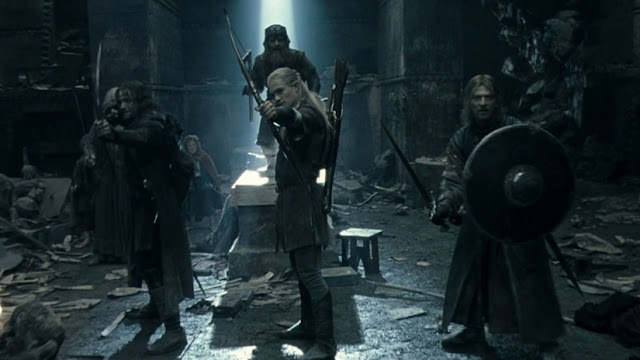Blade Runner: From what the poster is portraying, I believe that Blade Runner (1982) is a Science Fiction movie due to many things. First, the art style resembles that of the Star Wars franchise, a trilogy that came out at around the same time period (Star Wars the Return of the Jedi had come out at 1983, one year after Blade Runner had been released). The towers present in the poster look very advanced to represent any tower that existed at that time, and the flying vehicle also shows that the movie is set in the future. The colour pallet mainly consists of yellows, reds, and splashes of blue, these colours are common in action/science fiction movies. The tense expression on Harrison Ford's face along with the strange gun in his hand shows that throughout the movie there will be moments of stress, a feeling that is synonymous with action movies. I believe that the movie is targeted towards men around 16-35 years old, that's mainly due to the action/Scie nce fiction natu...

